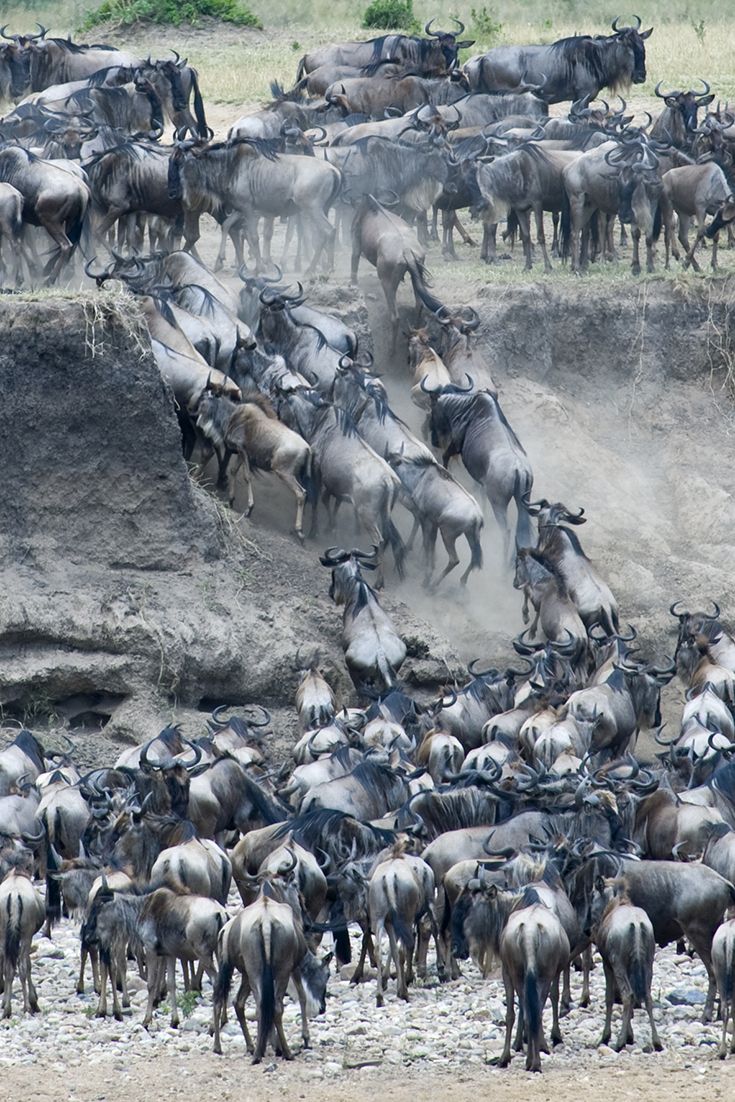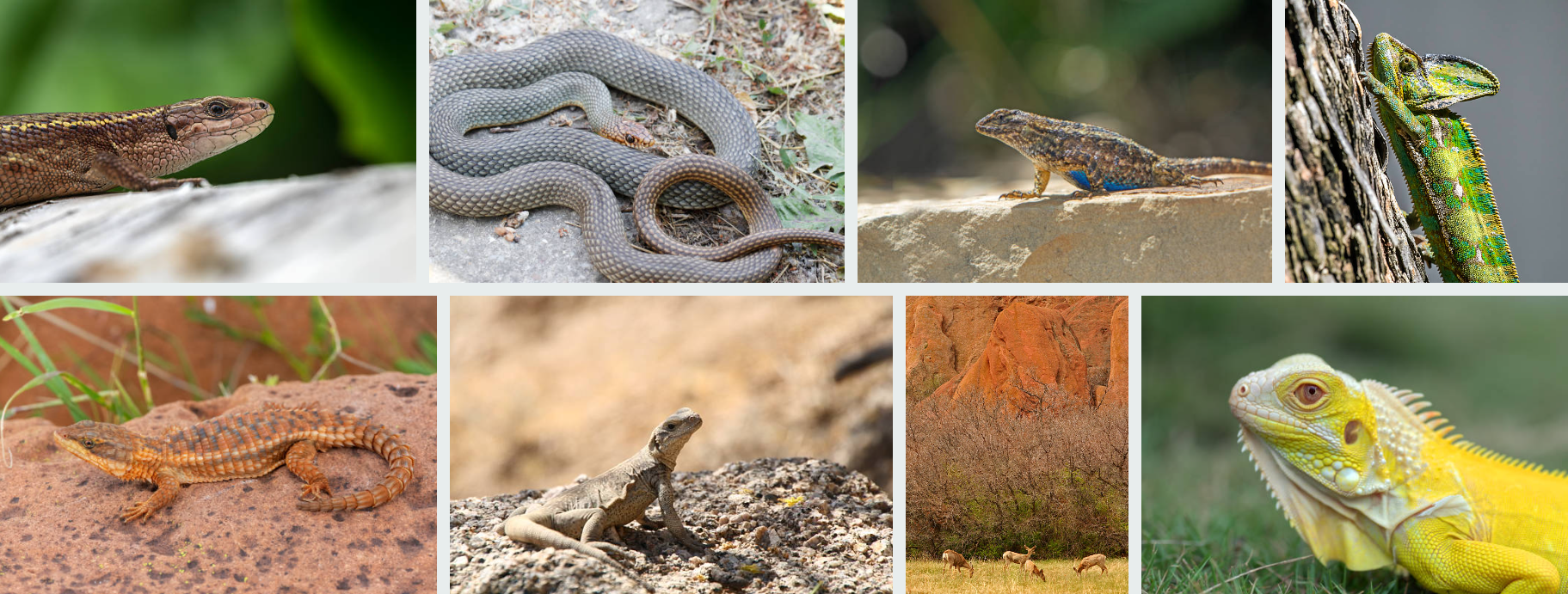Serengeti vs. Tarangire: A Comprehensive Comparison for Wildlife Viewing
Wildlife Viewing Comparison, Tanzania is home to some of Africa’s most spectacular national parks, each offering unique wildlife experiences. Among them, the Serengeti and Tarangire stand out as premier safari destinations. While both parks boast impressive biodiversity, they differ significantly in terms of landscapes, animal concentrations, and seasonal variations.
This article provides an in-depth comparison between Serengeti and Tarangire for wildlife viewing, helping travelers decide which park best suits their safari expectations.
1. Wildlife Viewing Comparison of Serengeti and Tarangire
Serengeti National Park

-
Size: 14,750 km² (one of the largest parks in Africa)
-
Famous for: The Great Migration, vast savannahs, and high predator density
-
Key Wildlife: Lions, cheetahs, leopards, elephants, wildebeest, zebras
-
Landscape: Endless plains, kopjes (rock formations), riverine forests
The Serengeti is Tanzania’s most iconic park, renowned for the Great Migration, where over 1.5 million wildebeest and hundreds of thousands of zebras and gazelles traverse the plains in search of fresh grass. It offers year-round wildlife viewing, with predators like lions and cheetahs thriving in the open grasslands.
Tarangire National Park
-
Size: 2,850 km² (smaller but densely populated)
-
Famous for: Large elephant herds, baobab trees, and fewer crowds
-
Key Wildlife: Elephants, buffaloes, lions, migratory birds, tree-climbing pythons
-
Landscape: Riverine forests, swamps, baobab-dotted savannahs
Tarangire is often overshadowed by the Serengeti but is a hidden gem, especially in the dry season (June–October). The Tarangire River acts as a lifeline, attracting massive herds of elephants, buffalo, and antelopes. The park is also known for its striking baobab trees and excellent birdwatching opportunities.
2. Wildlife Viewing Comparison: Key Differences
A. Mammal Diversity and Abundance

Serengeti: The Ultimate Predator Playground
-
Big Cats: The Serengeti has one of the highest lion densities in Africa, along with frequent cheetah and leopard sightings.
-
Great Migration: From December–July, millions of wildebeest and zebras move across the plains, followed by predators.
-
Year-Round Game Viewing: Even outside migration, resident herds of buffalo, giraffes, and hippos remain.
Tarangire: The Elephant Paradise
-
Elephant Herds: Tarangire has one of East Africa’s largest elephant populations (up to 3,000 during the dry season).
-
Lesser-Known Species: Fringe-eared oryx, gerenuk, and tree-climbing lions (rare but possible).
-
Seasonal Variations: Wildlife congregates near the river in the dry season but disperses in the wet season (November–May).Winner for Predators: Serengeti
Winner for Elephants & Unique Species: Tarangire
B. Birdlife
Serengeti: Raptors and Migratory Birds
-
Over 500 bird species, including secretary birds, martial eagles, and kori bustards.
-
Best birding in the wet season (November–April).
Tarangire: A Birder’s Dream
-
Over 550 species, including yellow-collared lovebirds, ashy starlings, and endemic Tanzanian species.
-
The Silale Swamp is a hotspot for waterbirds.
Winner for Birdwatching: Tarangire
C. Scenery and Landscape
Serengeti: The Classic African Savannah
-
Expansive golden plains, dramatic kopjes, and the Grumeti and Mara Rivers.
-
Ideal for photographers seeking wide, open landscapes.
Tarangire: Baobabs and Swamps
-
Iconic baobab trees create a surreal, ancient atmosphere.
-
The Tarangire River and Silale Swamp attract diverse wildlife.
Winner for Iconic Savannah Views: Serengeti
Winner for Unique Landscape: Tarangire
3. Seasonal Variations: When to Visit Each Park during Wildlife Viewing Comparison
Serengeti: Wildlife Viewing Year-Round
-
December–March (Calving Season): Southern Serengeti is packed with wildebeest giving birth; high predator activity.
-
April–June (Migration North): Herds move toward the Western Corridor and Grumeti River.
-
July–October (Mara River Crossings): Dramatic river crossings in the northern Serengeti.
Tarangire: Best in Dry Season
-
June–October: Animals cluster around the Tarangire River, making sightings easy.
-
November–May (Wet Season): Wildlife disperses; some areas become inaccessible.
Best for Year-Round Game Viewing: Serengeti
Best for Dry Season Concentration: Tarangire
4. Crowds and Safari Experience for Wildlife Viewing Comparison
Serengeti: Popular but Crowded
-
Peak season (July–October) sees many tourists, especially around river crossings.
-
Remote areas (Western Corridor, Lobo) offer more exclusivity.
Tarangire: Off-the-Beaten-Path
-
Fewer visitors, providing a more intimate safari experience.
-
Excellent for travelers seeking solitude.
Winner for Exclusivity: Tarangire
5. Accessibility and Safari Logistics
-
Serengeti: Requires longer drives or flights from Arusha; multiple lodges and camps.
-
Tarangire: Easily accessible from Arusha (2–3 hour drive); fewer accommodation options.
Winner for Convenience: Tarangire
Winner for Luxury Safari Options: Serengeti
6. Which Park Should You Choose?
Choose Serengeti If You Want:
✅ The Great Migration
✅ High predator sightings (lions, cheetahs, leopards)
✅ Vast, iconic savannah landscapes
✅ A mix of luxury and standard safari camps
Choose Tarangire If You Prefer:
✅ Massive elephant herds
✅ Fewer crowds and a more private experience
✅ Unique baobab-studded scenery
✅ Excellent birdwatching
Both the Serengeti and Tarangire offer exceptional wildlife viewing but cater to different safari preferences. The Serengeti is unbeatable for the Great Migration and predator action, while Tarangire provides an underrated, crowd-free experience with incredible elephant sightings.
For the ultimate Tanzanian safari, combining both parks is highly recommended—Serengeti for the dramatic wildlife spectacles and Tarangire for an intimate, off-the-beaten-path adventure.









